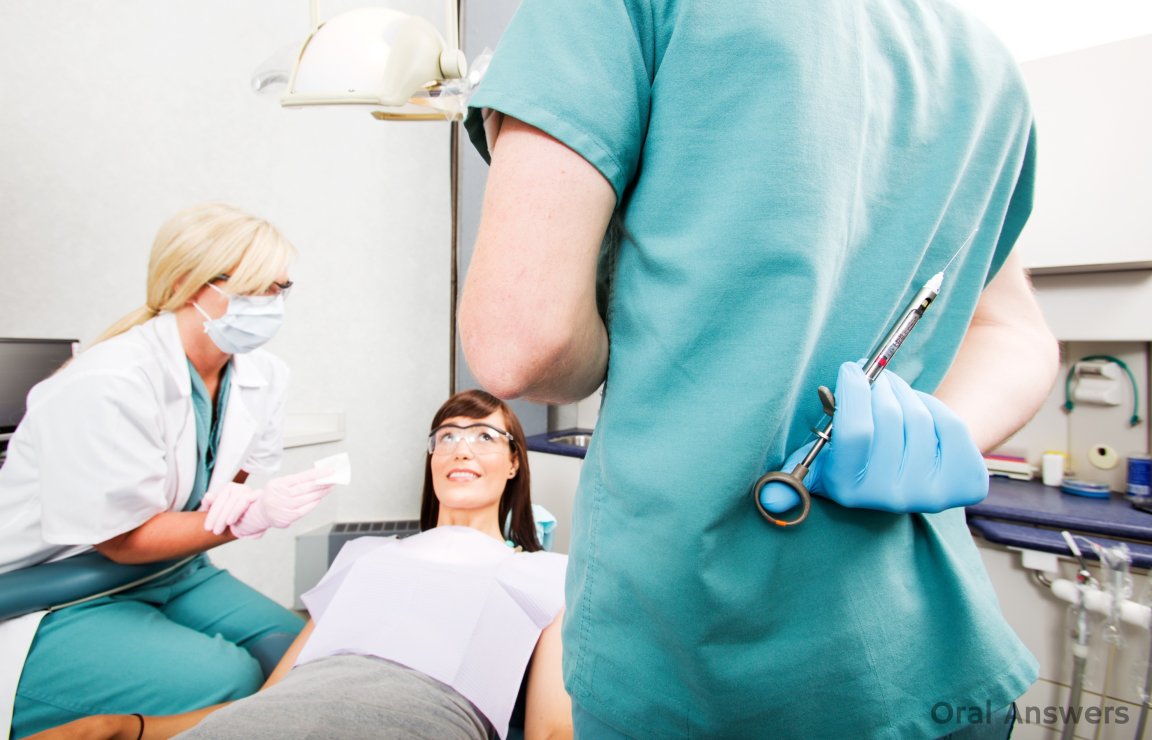
No More Needles
If the thought of needles going in your mouth at the dentist’s office scares you to pieces, you are not alone. A lot of people put off having their regular dental checkup thinking of those long shiny needles.
Now, a recently published study in Colloids and Surfaces B: Biointerfaces shares a promising future of needle-less dental procedures.
University of Sao Paulo researchers state that using small amounts of electric current may replace using needles, which could help patients who are terrified of them. They also emphasize that this saves money and prevents the possibility of infection and contamination.
“Needle-free administration could save costs, improve patient compliance, facilitate application and decrease the risks of intoxication and contamination,” explained Professor Renata Fonseca Vianna Lopez, one of the authors of the study from the University of Sao Paulo in Brazil. “This may facilitate access to more effective and safe dental treatments for thousands of people around the world.”
How it works
Currently, dentists use needles to administer anesthetics before doing any painful procedures in the patient’s mouth. For patients who show discomfort with needles, dentists also use a topical painkiller, usually in a form of a hydrogel, to lesson the blow. Now, these researchers have figured out a way to give anesthetics without needles by using a procedure called iontophoresis. This involves applying a tiny electric current.
The researchers first prepared the anesthetic hydrogels with a polymer to help it stick to the lining of the mouth. They added two anesthetic drugs, prilocaine hydrochloride (PCL) and lidocaine hydrochloride (LCL). They tested the gel on the mouth lining of a pig, applying a tiny electric current to see if it made the anesthetic more effective (poor pig)e.
The results were surprisingly fast-acting and long-lasting. They are now looking into using these procedure with cancer patients as well.
“Over the last few years, our research group has been working on the development of novel drug delivery systems for the treatment of several skin and eye diseases,” said Prof. Lopez. “The skin and eyes pose challenges for drug delivery, so we have focused on improving drug delivery in these organs using nanotechnology, iontophoresis and sonophoresis, which is permeation using sound waves.”
The researchers now plan to develop an iontophoretic device to use specifically in the mouth and do some preclinical trials with the system.